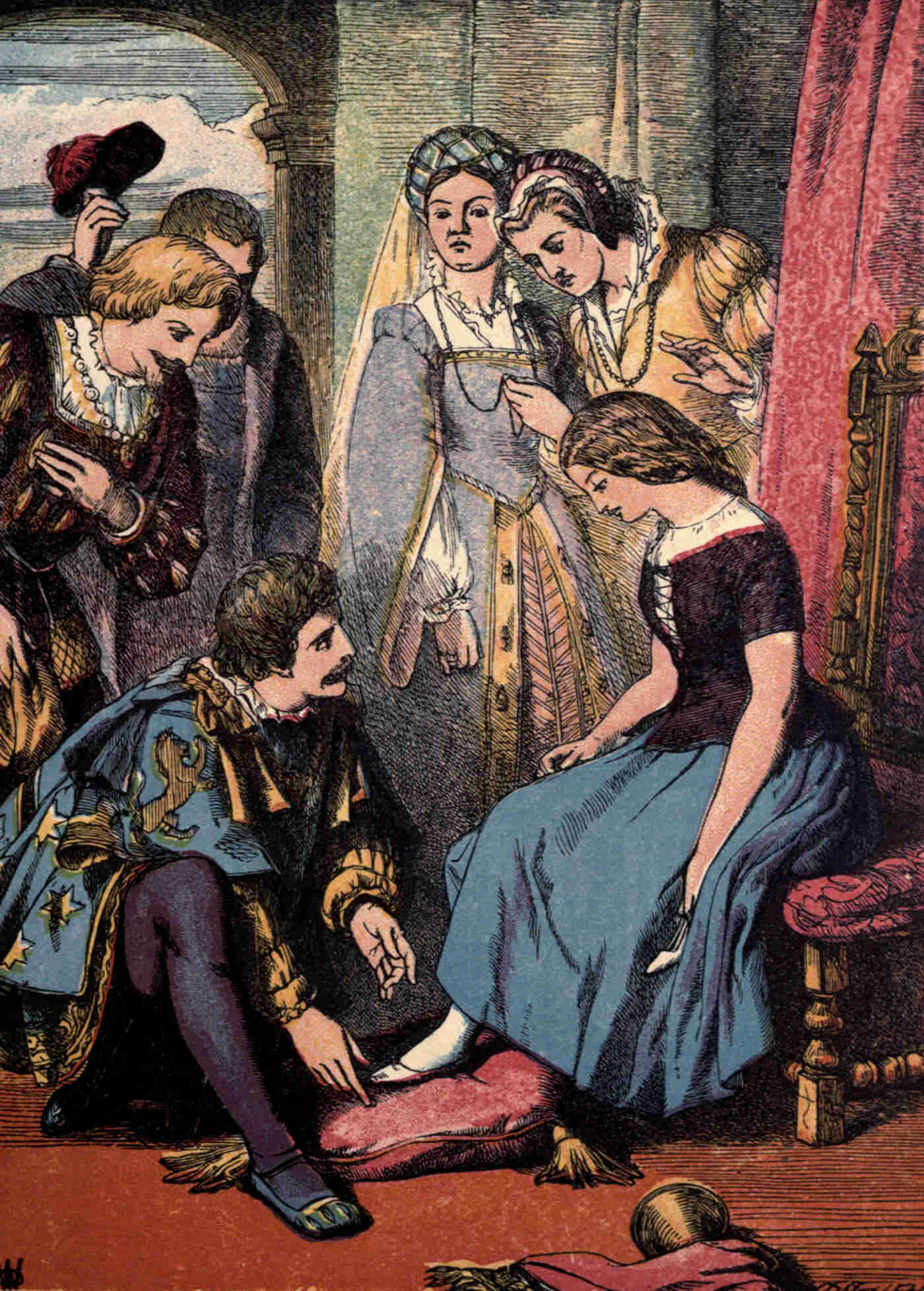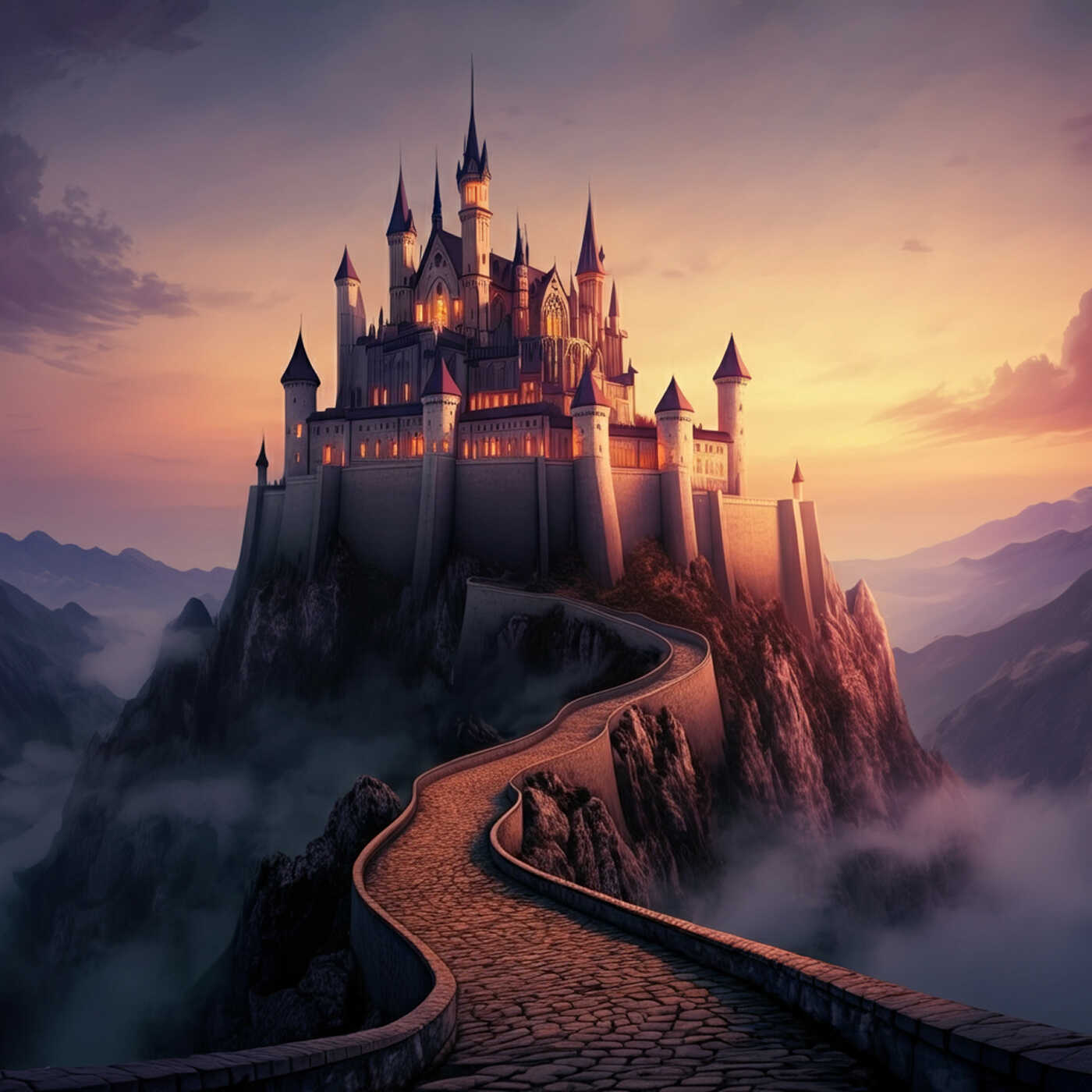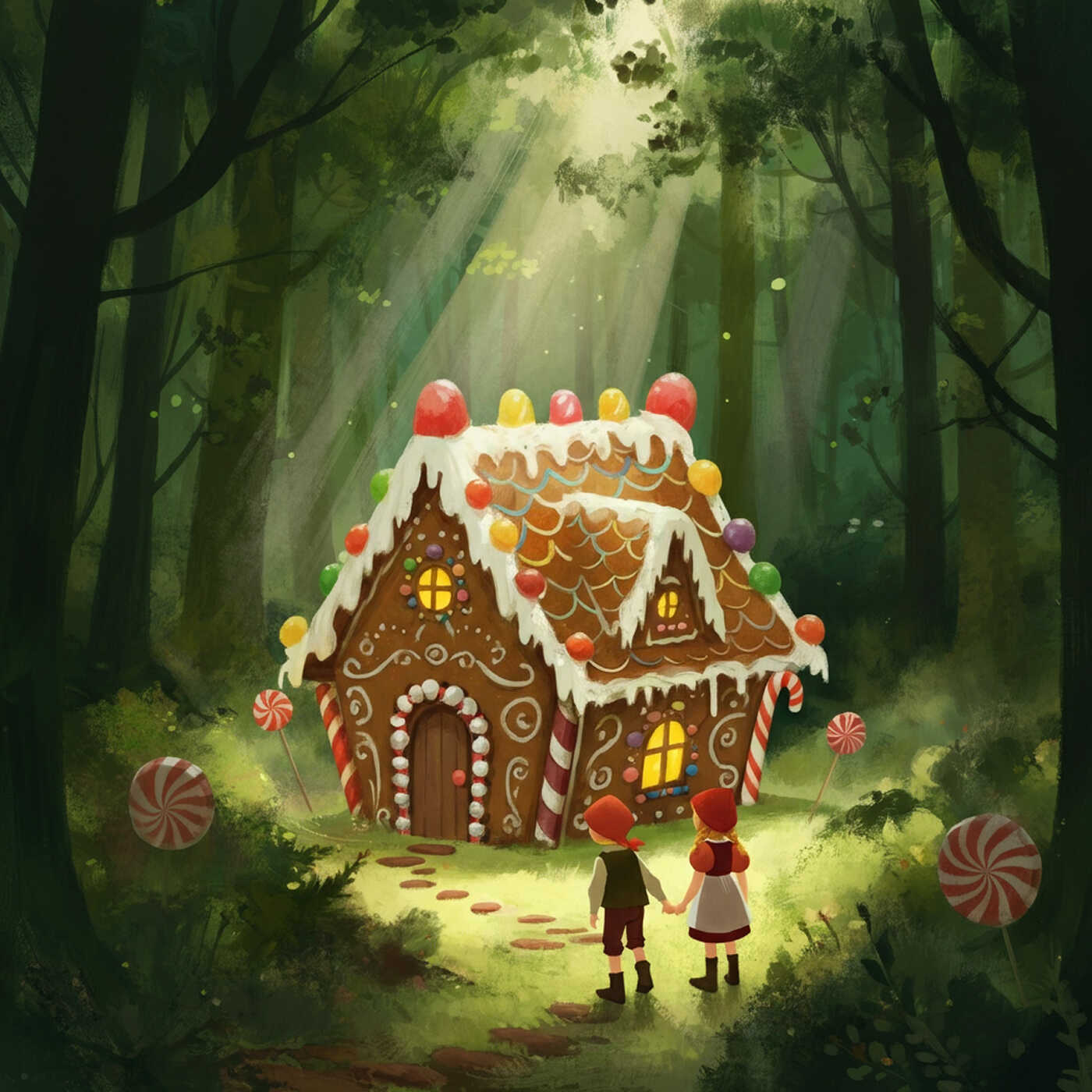Do you remember the first time you heard a fairy tale? The anticipation as the story unfolded, the palpable magic, the clash between good and evil, and the eventual triumph of the hero or heroine? But what makes these stories so special? Are they just entertainment, or do they hold a deeper meaning?
What is a Fairy Tale Defined By?
First, let’s define a fairy tale
While the range of stories fairy tales tell vary, they all carry similar defining characteristics. Before we dive further, let's first unravel the origins and etymology of the term 'fairy tale'.
FAIRY TALE DEFINITION
What is a fairy tale in storytelling?
A fairy tale is a type of short story that originates from folklore and features fantastical and magical elements. These narratives are filled with remarkable characters such as fairies, witches, goblins, giants, mermaids, and talking animals. They often involve quests, magic, and conflicts between good and evil.
The term "fairy tale" was first used in the 17th century by Madame d'Aulnoy, a French author who coined the term "conte de fées." Despite the name, fairy tales don't always include fairies. The term has come to encompass a wide range of stories involving magical transformations and adventures.
Fairy tales exist in oral and literary form; they have been passed down through generations by word-of-mouth before being recorded in books. Although originally intended for all audiences, they are now most commonly associated with children.
Fairy tales serve a bigger purpose than just bedtime stories for children. They often carry profound messages about morality, resilience, and the human condition, wrapped in a cloak of magic and enchantment. They're like life lessons disguised as magical adventures.
Fairy Tale Elements:
- Magical Elements
- Clear Moral Lessons
- Distinctive Characters
Elements of the Fairy Tale Genre
Characteristics of a Fairytale
Fairytales, with their magical narratives and timeless appeal, have certain defining characteristics. These elements help to shape the narrative and give them their unique charm.
Magic and Enchantment
Magic is the lifeblood of fairytales, serving as the catalyst for extraordinary events and transformations. This element allows the ordinary to become extraordinary, and the impossible to become possible.
Example: In the tale of “Cinderella”, magic plays a central role in the protagonist's transformation. It is the Fairy Godmother's magic that turns a pumpkin into a carriage, mice into horses, and Cinderella's rags into a beautiful gown, enabling her to attend the royal ball.

Cinderella
Good vs Evil
The struggle between good and evil is another defining characteristic and theme of fairytales. This dichotomy often sets the stage for the story, driving the plot forward as characters face challenges and overcome obstacles.
The story of “Snow White” exemplifies this struggle. The wicked queen, driven by jealousy, plots against the innocent Snow White, who ultimately triumphs with the help of her friends, the dwarfs.
Royalty and Castles
Royalty, castles, and kingdoms are common tropes in fairytales. They provide a grand setting for the narrative and often signify power, wealth, or high social status.

Fairy Tale Characteristics
In "Beauty and the Beast," the Beast is a prince living in an enchanted castle. His royal status contrasts with Belle's humble origins, adding depth to their relationship and the overall narrative.
Quests and Adventures
Fairytales often involve quests or adventures, pushing characters out of their comfort zones and into the unknown. These journeys serve as a platform for character growth and development.
Example: In “Jack and the Beanstalk”, Jack embarks on an adventure when he climbs up the beanstalk. He encounters a giant, steals treasures, and ultimately triumphs, demonstrating courage and resourcefulness.
Happy Endings
Finally, fairytales are well-known for their happy endings. After a series of trials and tribulations, good triumphs over evil, love conquers all, and the characters live "happily ever after."
Example: The tale of “Sleeping Beauty” ends happily with the princess being awakened by a prince's kiss, breaking the spell and leading to their marriage. Despite the obstacles faced, the story concludes on a positive note, reinforcing the fairytale promise of a happy ending.
These characteristics form the foundation of a fairytale, setting them apart from other narrative forms and giving them their unique charm. They transport us to a realm of enchantment and awe, where possibilities are endless, and goodness prevails in the end.
Related Posts
Fairy Tale Examples
Fairy Tales Around the World
Fairytales are a rich part of our global cultural heritage, reflecting the unique customs, traditions, and values of their place of origin. Let's embark on a journey around the world through these enchanting tales.
The Brothers Grimm - "Hansel and Gretel"
Originating from the region of Hesse in Germany, "Hansel and Gretel" is a classic fairytale collected by the Brothers Grimm. It tells the story of a brother and sister who become lost in the forest and encounter a wicked witch living in a house made of sweets.

The Brothers Grimm • "Hansel and Gretel"
Pu Songling's Strange Stories from a Chinese Studio - "The Painted Skin"
From the Shandong province in Eastern China, "The Painted Skin" is a supernatural tale from Pu Songling's collection. It revolves around a man who takes in a beautiful woman, not knowing she's a demoness wearing a human skin disguise.
Alexander Afanasyev's Collection - "Vasilisa the Beautiful"
Hailing from the vast landscapes of Russia, "Vasilisa the Beautiful" is a tale of a young girl's quest against the wicked Baba Yaga. Collected by folklorist Alexander Afanasyev, this story is deeply rooted in Slavic mythology.
Yoruba Folklore - "The Tortoise and the Elephant"
From the Yoruba people of southwestern Nigeria comes the tale of "The Tortoise and the Elephant." As is common in African folklore, this story features animals as main characters and imparts moral lessons about pride and cunning.
Inuit Mythology - "The Girl and the Wolf"
Originating from the indigenous Inuit communities of Nunavut, Canada, "The Girl and the Wolf" is a cautionary tale. It tells the story of a young girl's encounter with a wolf disguised as her grandmother, echoing elements of the European tale "Little Red Riding Hood."
Aboriginal Dreamtime Stories - "How the Kangaroo Got Her Pouch"
From the indigenous communities of Northern Territory, Australia, "How the Kangaroo Got Her Pouch" is a part of Aboriginal Dreamtime stories. These tales explain the origins of the land, the animals, and the people.
Fairytales, with their deep roots, offer a unique glimpse into different societies' cultural perspectives and interpretations.
These stories are not just captivating narratives, but also a source of valuable life lessons. They exemplify the boundless creativity of human imagination and the timeless influence of storytelling.
Up Next
What is a Fable?
Fairy tales beautifully weave moral lessons into captivating stories. Another ancient genre that has endured is the fable. Discover more about the intriguing world of fables in our upcoming article.
